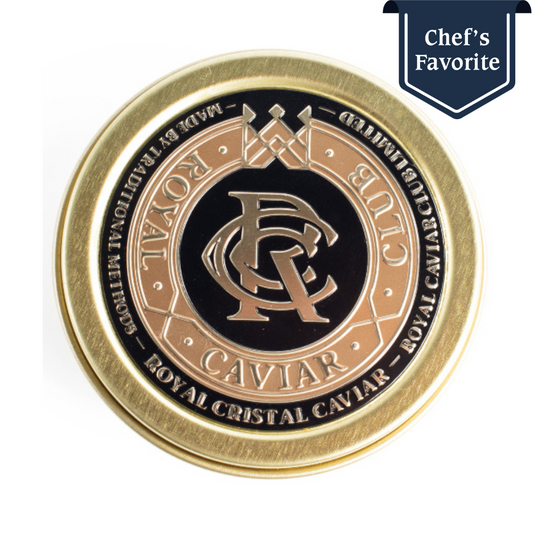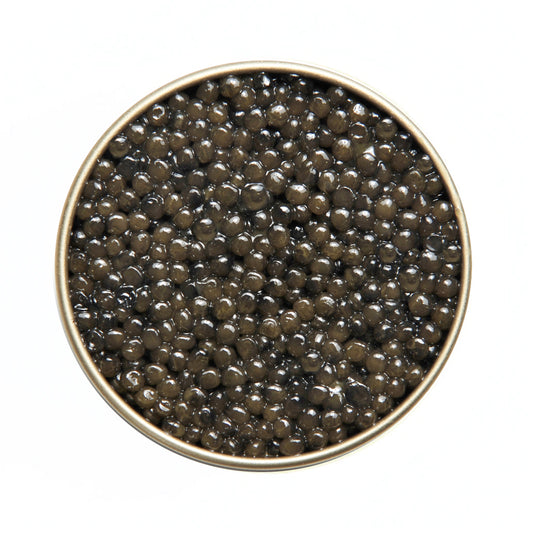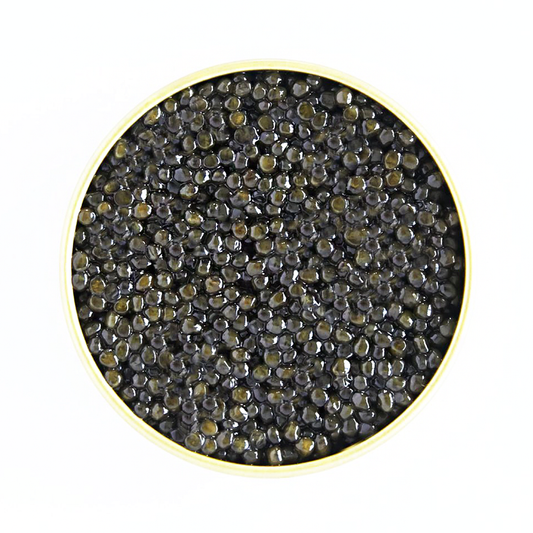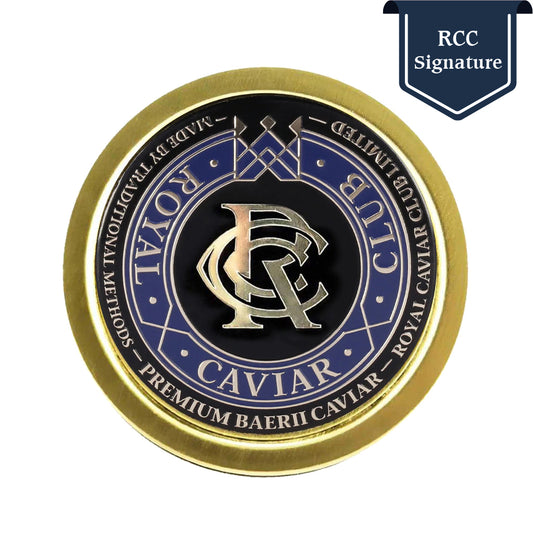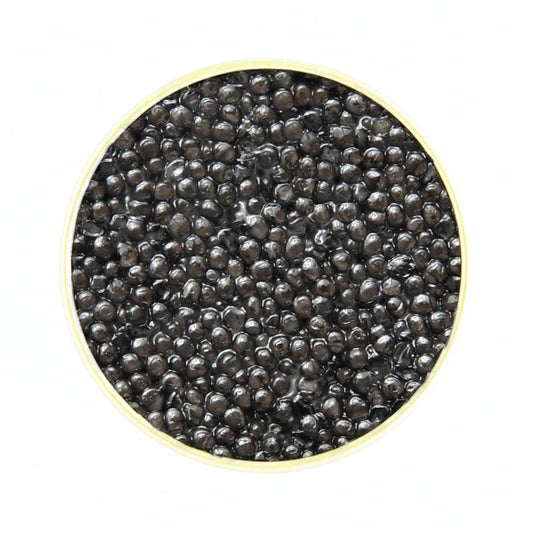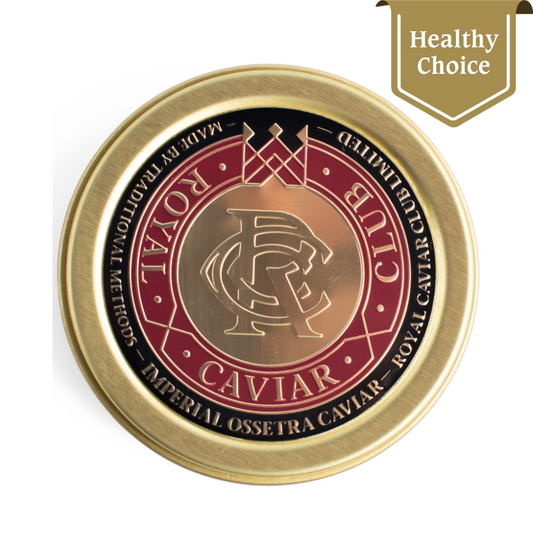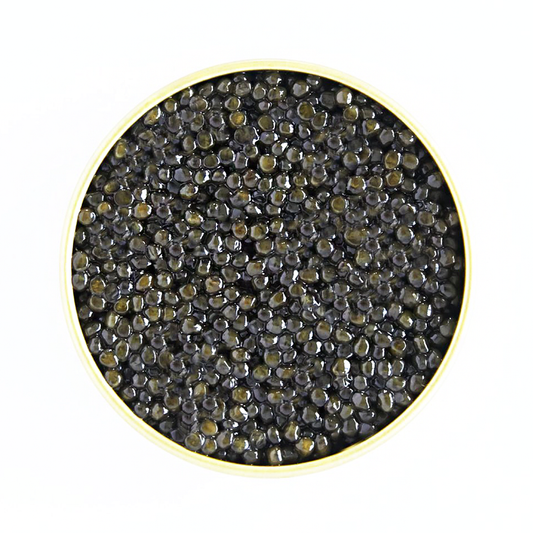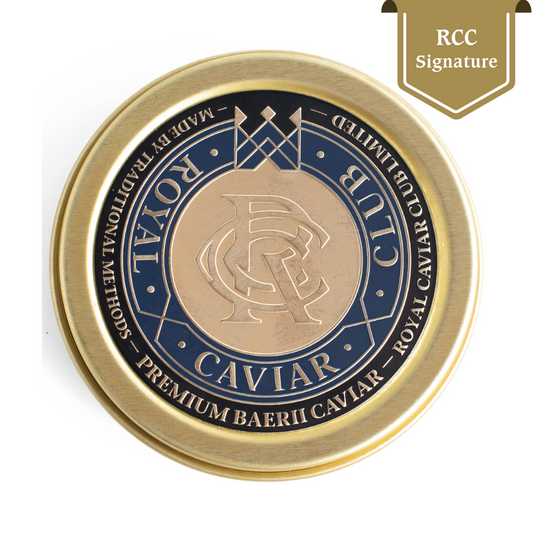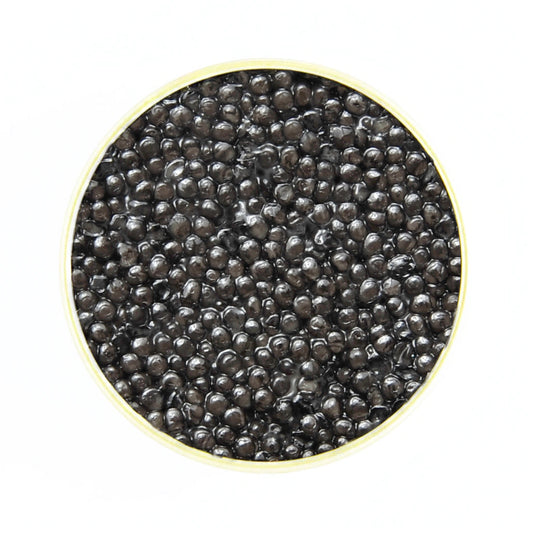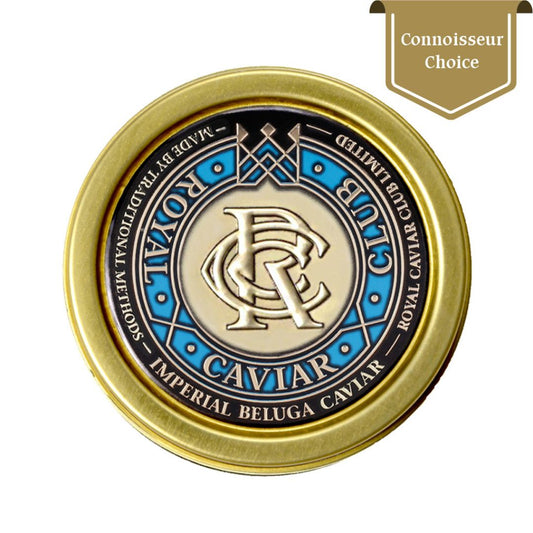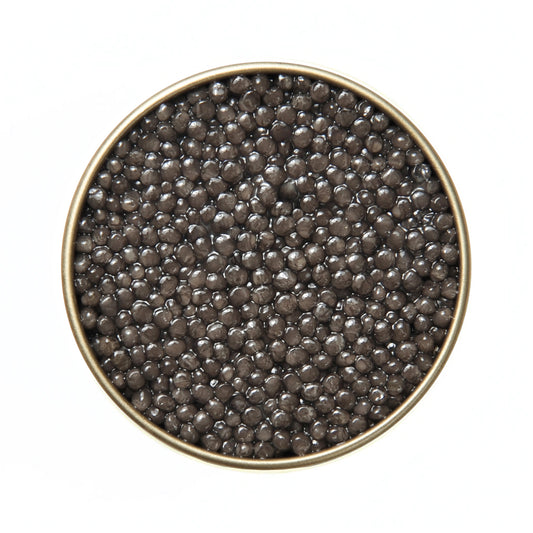
A Symphony in Pearls: Tasting the World's Rarest Caviars in Hong Kon
Hong Kong, 2025 — On a quiet Friday evening, in an intimate Central space, twenty carefully selected guests experienced a journey of gustatory enlightenment. This was no ordinary dinner but Royal Caviar Club and DBS Bank's "Caviar Appreciation Night," a luxury experience perfectly combining education, taste, and social interaction.
As lights dimmed, an elegant woman approached the podium. She was Oksana Dragun, a Russian caviar expert with over twenty years of industry experience. In fluent English with humorous tone, Oksana began the evening's first part—a caviar knowledge lecture. "Many think caviar is merely a rich person's luxury, but actually, it's one of nature's most precious gifts to humanity." Her opening immediately captured everyone's attention.
Over the next 45 minutes, Oksana guided guests through caviar's historical river. From ancient Persian Empire tales of caviar as royal tribute, to Russian Tsarist era's strict beluga protection, to modern aquaculture technology ensuring caviar sustainability. She shared fascinating anecdotes: "Did you know? In 19th-century America, caviar was free bar snacks because its saltiness made patrons thirsty, ordering more drinks!" This trivia sparked lighthearted laughter.
But Oksana didn't merely recount history—she emphasized teaching guests proper caviar tasting. "First, absolutely never use metal spoons, as metal oxidizes and alters caviar's taste. We should use mother-of-pearl, glass, or wooden spoons." She explained while extracting different material spoons from an exquisite wooden box for guests to examine. "Second, caviar should be removed from refrigeration 30 minutes before tasting, reaching near room temperature to fully release flavors."
Following the theoretical lesson, staff prepared complete tasting sets for each guest: five small porcelain dishes, one mother-of-pearl spoon, champagne, and mineral water. The tasting session officially commenced.

The first was Premium Baerii caviar, with smaller pearls and deep black hue. Oksana instructed: "Place small amount of caviar on your hand's tiger mouth position, gently warm with body temperature, then inhale. You should detect faint oceanic scent, no fishiness whatsoever." Guests complied, faces revealing surprised expressions. "Now, place caviar in mouth, gently press with tongue against palate, allowing pearls to burst, releasing flavor."
The second, Imperial Ossetra caviar, featured noticeably larger pearls in golden-brown hue. "This comes from Russian sturgeon, requiring 12-15 years maturation," Oksana explained. "You'll discover more complex taste—beyond oceanic freshness, hazelnut and butter aromatics." One guest exclaimed: "It's like an entire forest meeting ocean in my mouth!"
The fourth offering, Imperial Beluga, was the evening's highlight and most expensive selection. Oksana particularly emphasized: "This comes from wild Caspian beluga sturgeon—each jar represents a precious gift." As guests tasted this caviar, the entire room fell silent. Pearls large as gems, light grey hue, texture silky as butter, taste layers incredibly rich. "This is why it's called 'black gold,'" Oksana softly stated. "It's not merely food but art."
The final Royal Cristal Gold brought the tasting to climax. This caviar's pearls displayed golden-yellow color, extremely rare. "This comes from albino sturgeon, minimal production—annually less than 100 kilograms globally." Oksana's voice carried reverence. Tasting this caviar, guests were requested to maintain complete silence, focusing on gustatory experience. That pure, elegant, lingering taste evoked first aurora viewing's shock, first Beethoven symphony listening's emotion.
As guests departed, each received an exquisite gift: a Royal Caviar Club-published "Caviar Tasting Guide" and discount coupon for future classes. More importantly, they carried fresh awareness—caviar transcends food, representing culture, lifestyle attitude, eternal pursuit of beauty.

